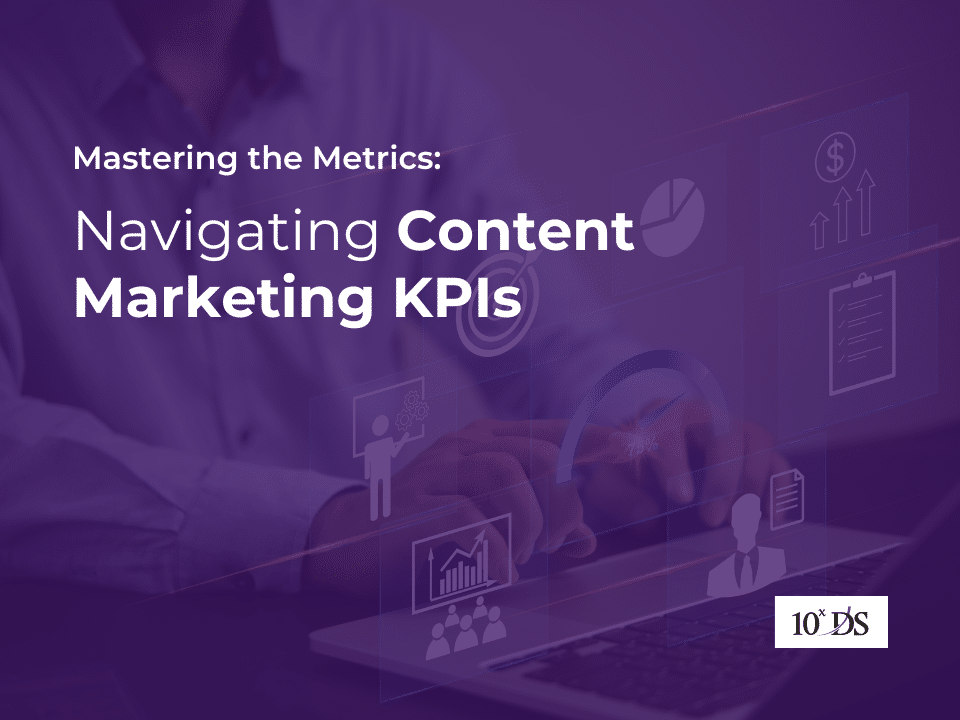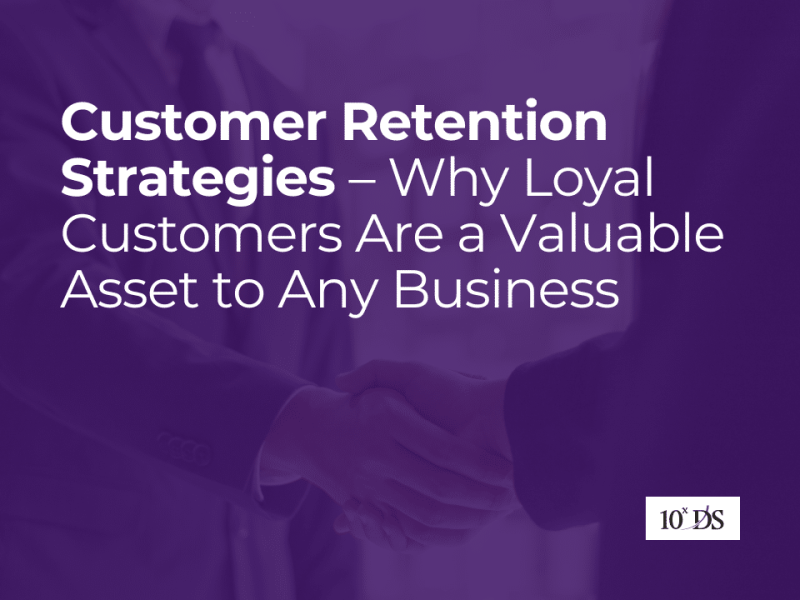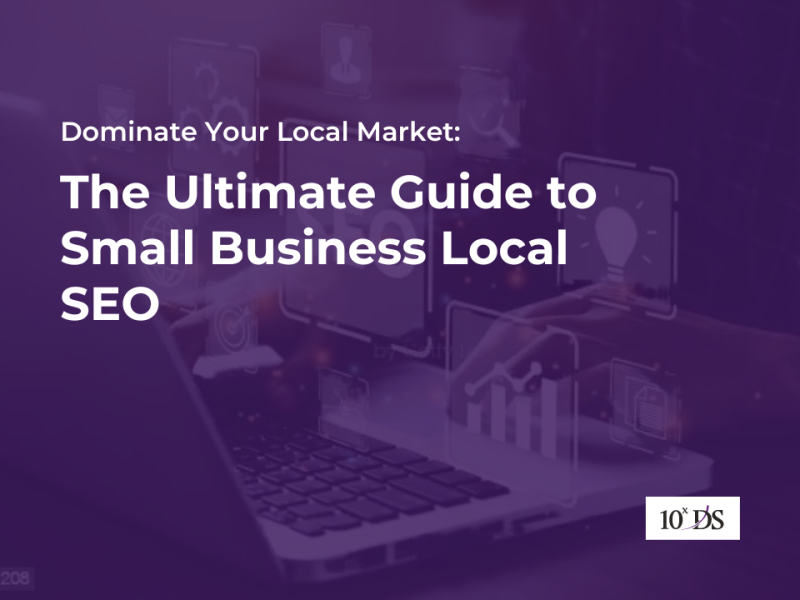
Mastering the Metrics: Navigating Content Marketing KPIs
A successful content marketing strategy hinges on clear objectives and an intimate understanding of the target audience. For instance, HubSpot’s primary goal is lead generation. They offer valuable marketing resources, such as templates and tools, to attract business professionals. This approach helps build trust and capture leads effectively. Red Bull is another example that excels by crafting content aligned with its audience of adventure seekers. They produce high-energy videos and sponsor events like the Red Bull Stratos space jump, which not only aligns with their audience’s interests but also showcases the brand’s unique identity. Consistency and quality are paramount in content marketing. Buffer, for instance, maintains a dependable publishing schedule for its blog, thus establishing itself as a thought leader in social media and digital marketing. These strategies showcase the effectiveness of content marketing when executed with precision and a deep understanding of the target audience’s needs and preferences.
In the dynamic world of digital marketing, understanding the performance of your content is crucial to your success. How do you know if your blogs, videos, social media posts, or email campaigns are hitting the mark? This is where Key Performance Indicators (KPIs) come into play. KPIs provide the compass for your content marketing journey, guiding you toward your goals and helping you assess what’s working and what needs improvement. In this blog, we’ll delve into the world of content marketing KPIs, uncovering the metrics that matter most and how to use them effectively to measure, optimize, and supercharge your content strategy. Whether you’re a seasoned marketer or just starting your content journey, understanding these KPIs is your roadmap to creating content that not only engages your audience but also drives results for your business.
Website Traffic
Website traffic is a fundamental KPI that tracks the total number of visitors to your website. It provides an overview of your content’s reach and effectiveness in driving users to your site. By analyzing traffic data, you can identify trends, popular pages, and sources of traffic, allowing you to optimize your content strategy for better visibility.
Bounce Rate
The bounce rate represents the percentage of visitors who navigate away from your website after viewing only one page. A high bounce rate may indicate that visitors didn’t find the content engaging or relevant to their needs. It’s crucial to reduce bounce rates by ensuring that your landing pages align with user expectations and provide valuable information or calls to action.
Pageviews and Time on Page
Pageviews measure the number of times a specific page on your website is viewed, while time on page reflects how long, on average, users spend on that page. These metrics help assess content engagement and user interest. Pages with high pageviews and longer average time on page are likely providing valuable information or captivating storytelling.
Conversion Rate
Conversion rate measures the percentage of visitors who take a specific desired action, such as signing up for a newsletter, downloading an ebook, or making a purchase. A high conversion rate indicates that your content effectively guides visitors toward the intended goal, whether it’s lead generation or sales conversion. Tracking and optimizing conversion rates is vital for achieving your content marketing objectives.
Click-Through Rate (CTR)
CTR measures the percentage of people who click on a specific link within an email, ad, or webpage. It’s a critical metric for assessing the effectiveness of your call-to-action (CTA) and the content’s ability to encourage user interaction. A higher CTR suggests that your content and CTAs are compelling and persuasive, driving users to take the desired action.
Lead Generation and Conversion Metrics
These KPIs focus on the effectiveness of your content in generating leads and converting them into customers. “Leads generated” measures the number of potential customers who express interest in your products or services through actions like filling out contact forms or subscribing to newsletters. “Lead quality” assesses how well those leads align with your target audience and their likelihood to convert. “Conversion rate” tracks the percentage of leads that ultimately make a purchase or take a desired action, such as signing up for a free trial.
Social Engagement
Social engagement metrics include “likes,” “shares,” “comments,” and the growth of your social media following. These indicators gauge how well your content resonates with your social media audience and its ability to spark conversations and interactions. High social engagement signifies that your content is compelling, shareable, and fosters a sense of community among your followers.
Email Metrics
For email marketing campaigns, several KPIs help assess content effectiveness. “Open rate” measures the percentage of recipients who open your email, indicating whether your subject lines are enticing. “Click-through rate (CTR)” reveals the proportion of email recipients who click on links within your email, showing the effectiveness of your email content and CTAs. “Unsubscribe rate” tracks the percentage of users opting out of your email list, helping you gauge email campaign relevance and quality. The “number of new subscribers” indicates the growth of your email list.
SEO Performance
Search engine optimization (SEO) KPIs are crucial for content visibility in search engine results. “Organic search traffic” measures the number of visitors who find your website through unpaid search engine results, indicating your content’s discoverability. “Keyword rankings” track how well your content ranks for specific keywords, helping you understand its search engine performance. “Backlinks generated” quantifies the number of external websites linking to your content, a significant factor in SEO authority and visibility.
Customer Retention and Loyalty
Content can play a vital role in retaining existing customers and building brand loyalty. Metrics in this category include “customer retention rates,” which show the percentage of customers who continue doing business with your company over time. Additionally, surveying “customer satisfaction” through feedback forms or Net Promoter Scores (NPS) provides qualitative insights into how your content impacts customer relationships and loyalty.
Content ROI (Return on Investment)
Calculating content ROI is essential to understand the financial impact of your content marketing efforts. It involves comparing the cost of content creation and promotion against the revenue generated through content-driven conversions and sales. This KPI helps determine the effectiveness of your content in delivering a positive return on investment and informs resource allocation decisions.
Customer Feedback and Surveys
Collecting and analyzing customer feedback through surveys, social listening tools, or direct interactions provides qualitative data about how your content resonates with your audience. Insights from customer feedback can help refine your content strategy, identify areas for improvement, and align your content with customer needs and preferences.
These KPIs offer valuable insights into different aspects of your content marketing strategy, from its ability to attract visitors to engaging and converting them into leads or customers. By monitoring and analyzing these metrics regularly, you can make informed decisions to improve your content and overall digital marketing performance.
Talk to our experts and harness your significant growth potential through our content marketing services.


